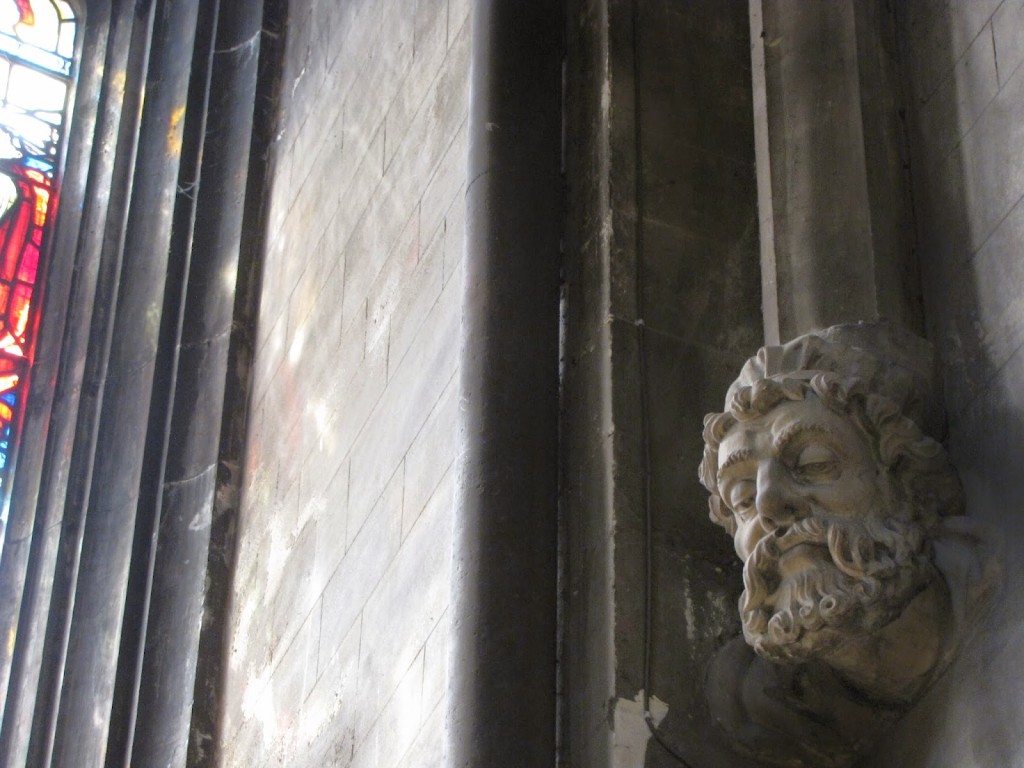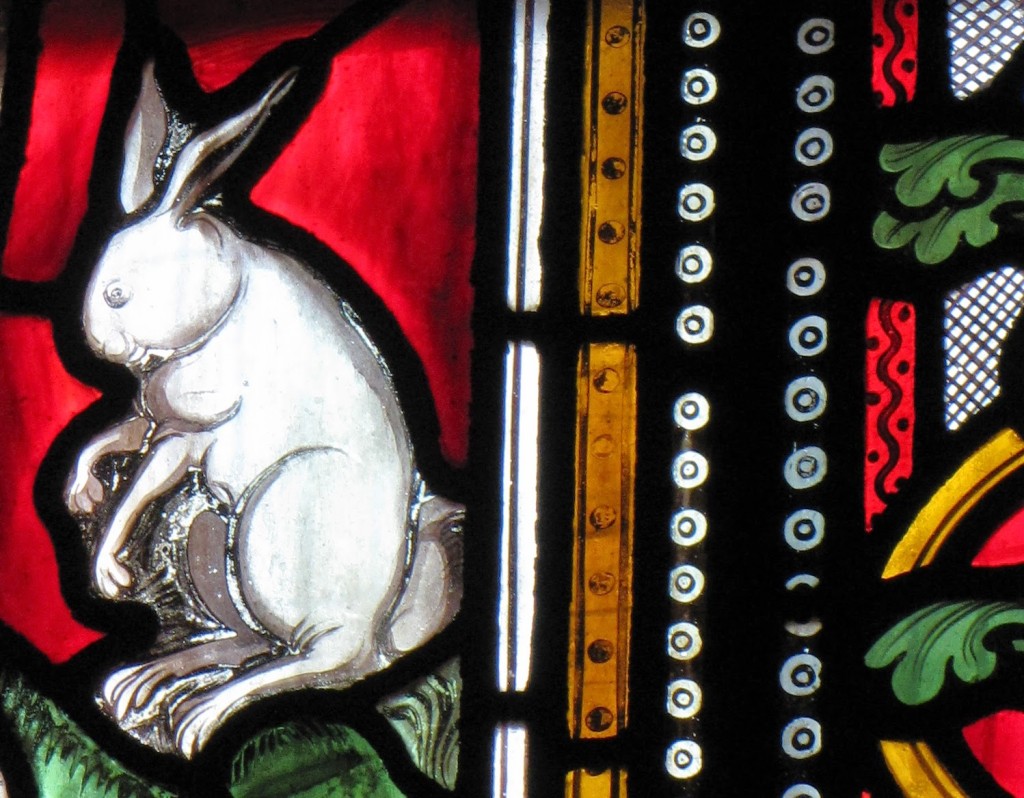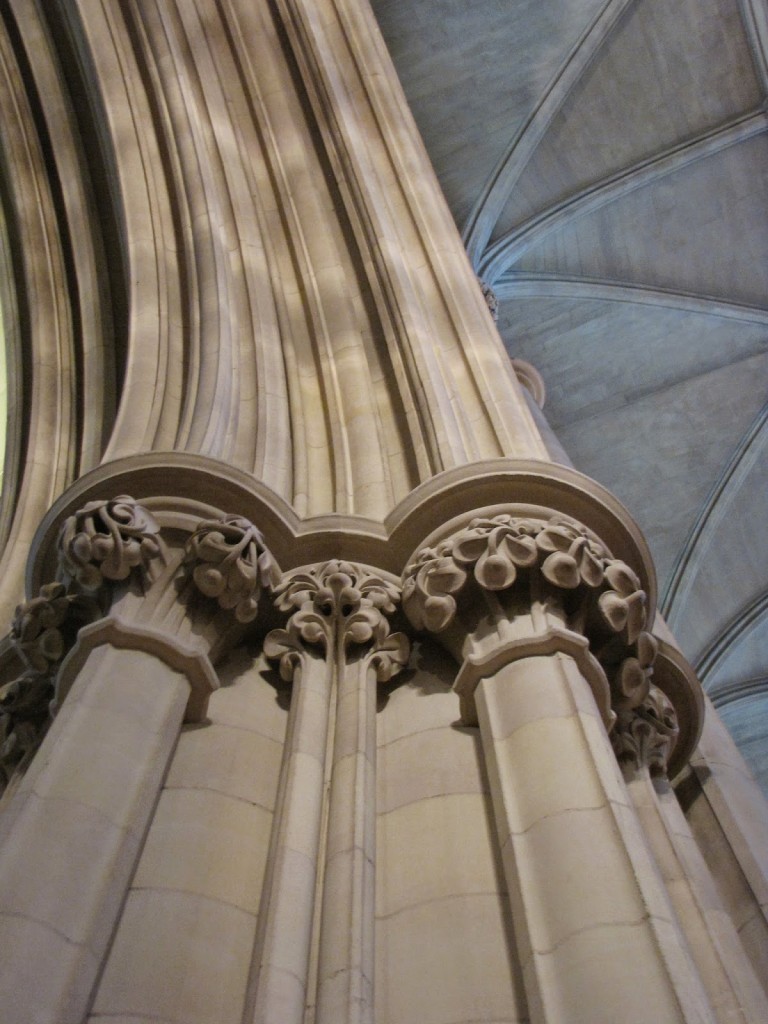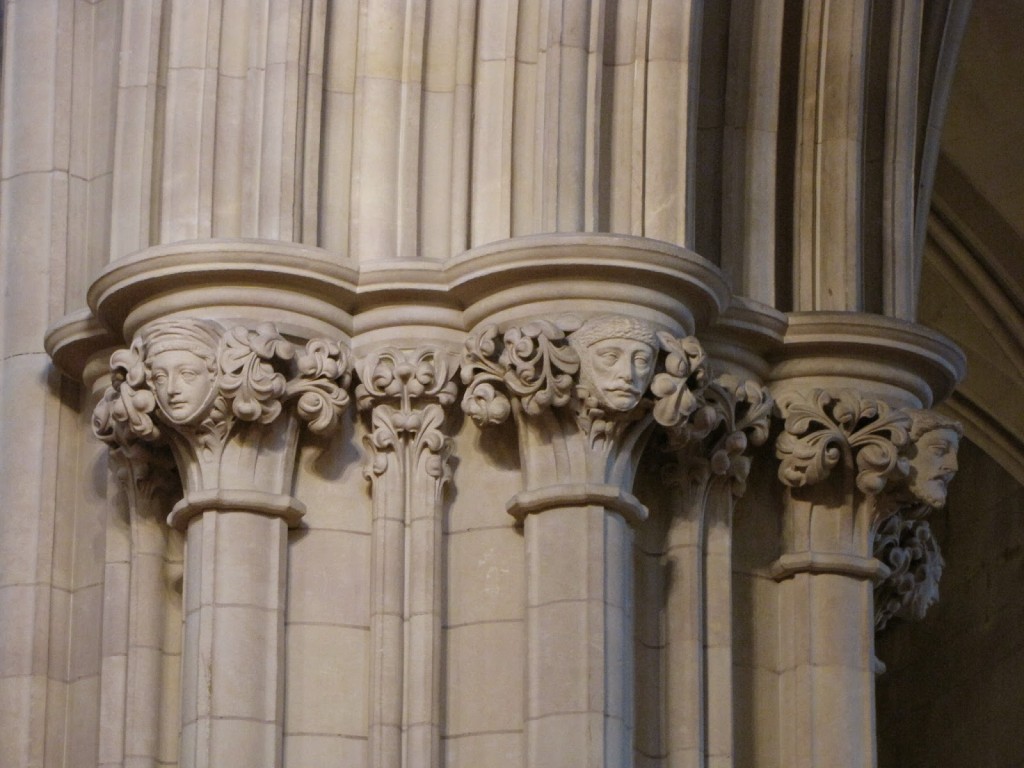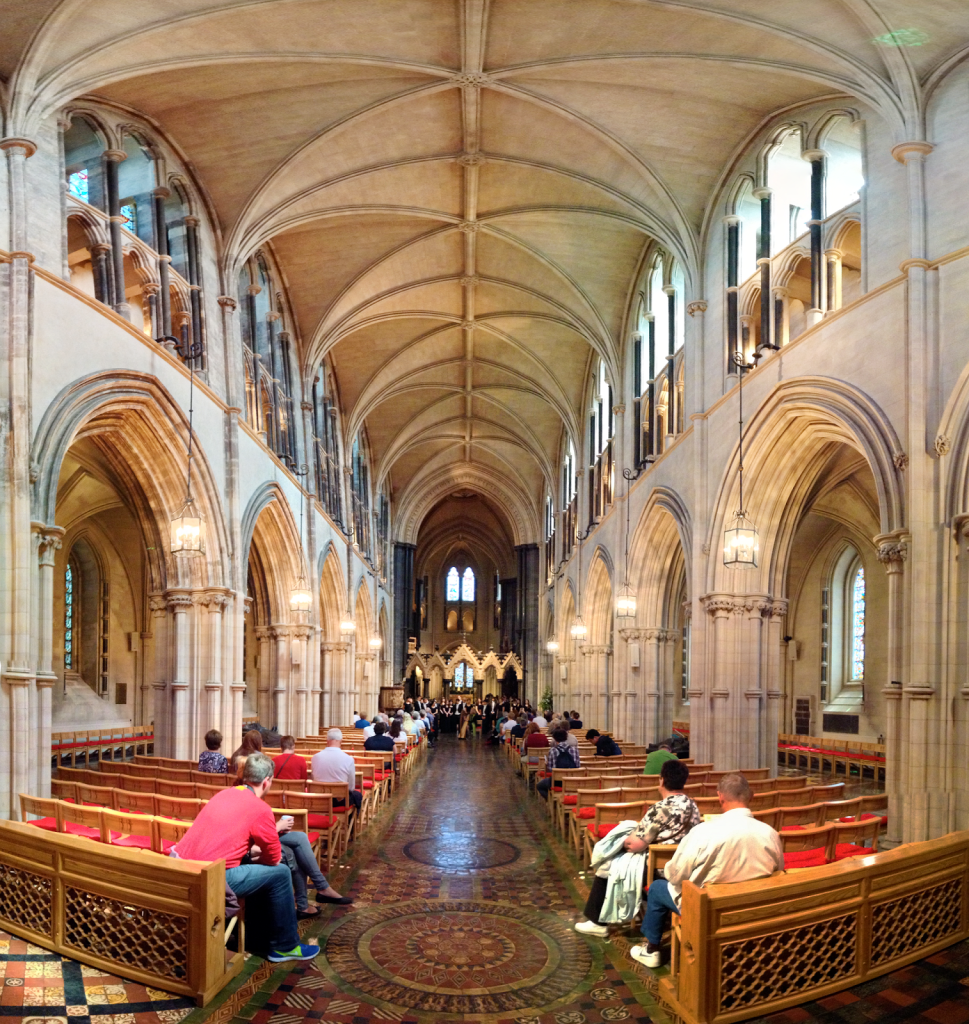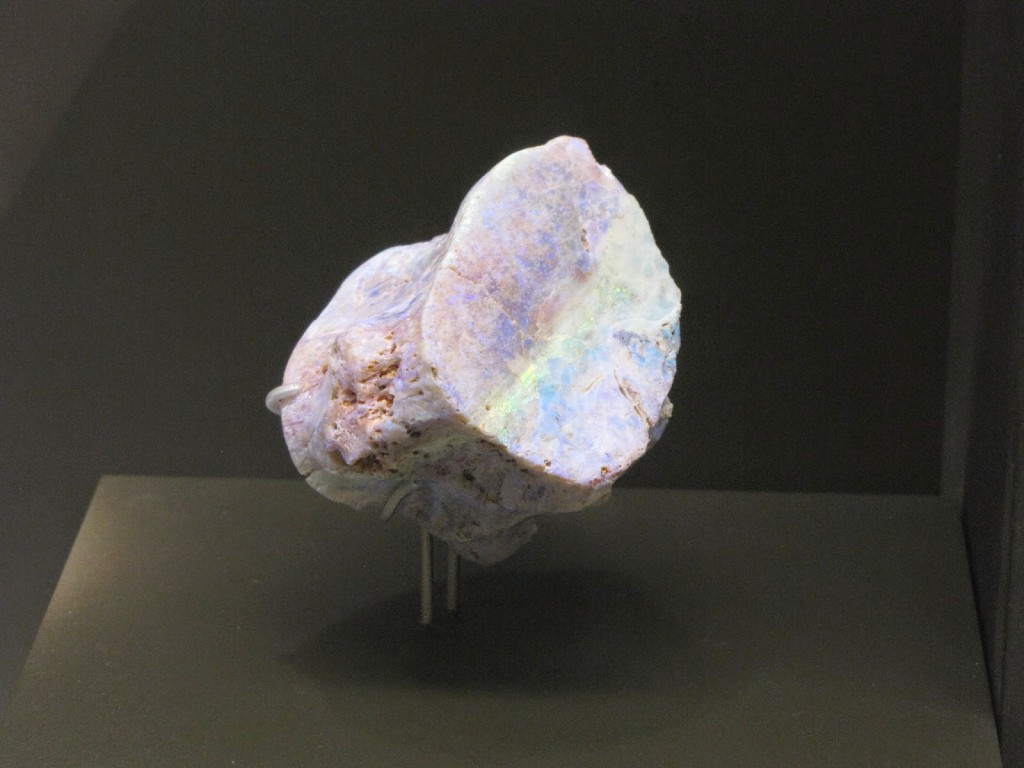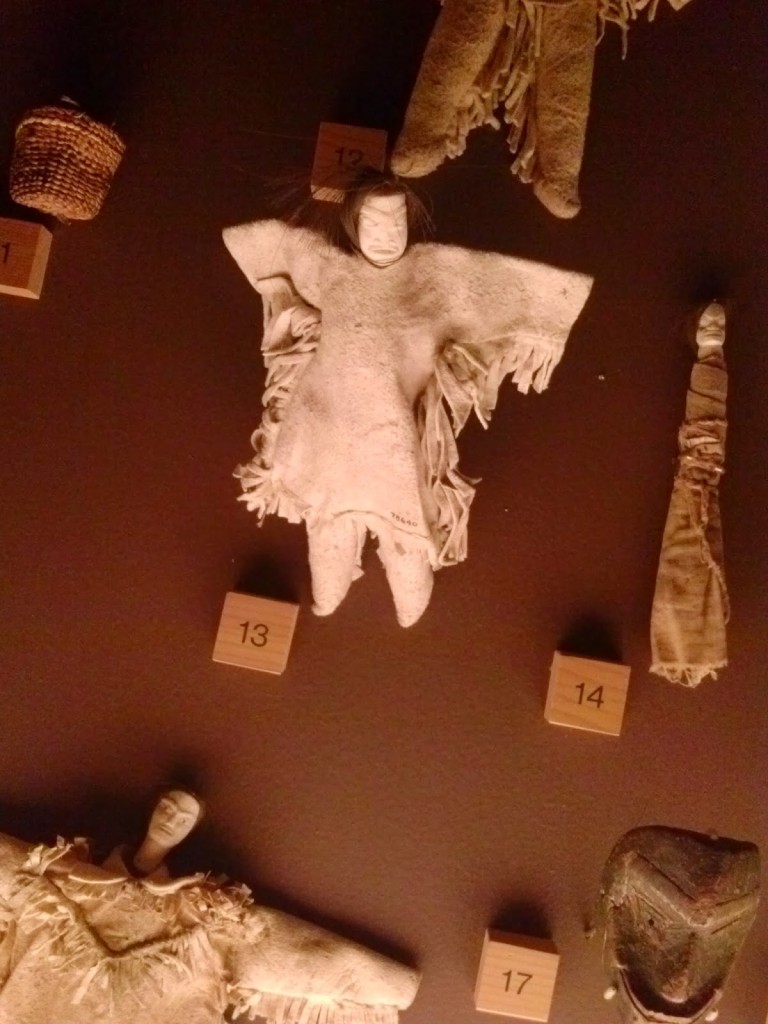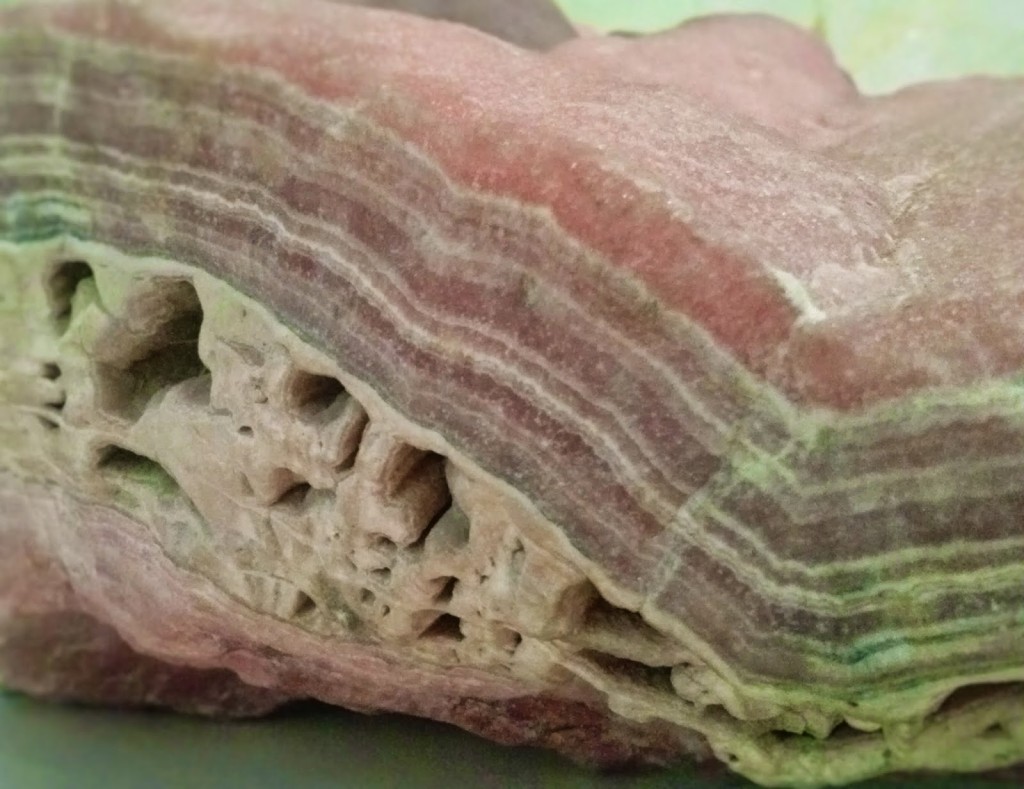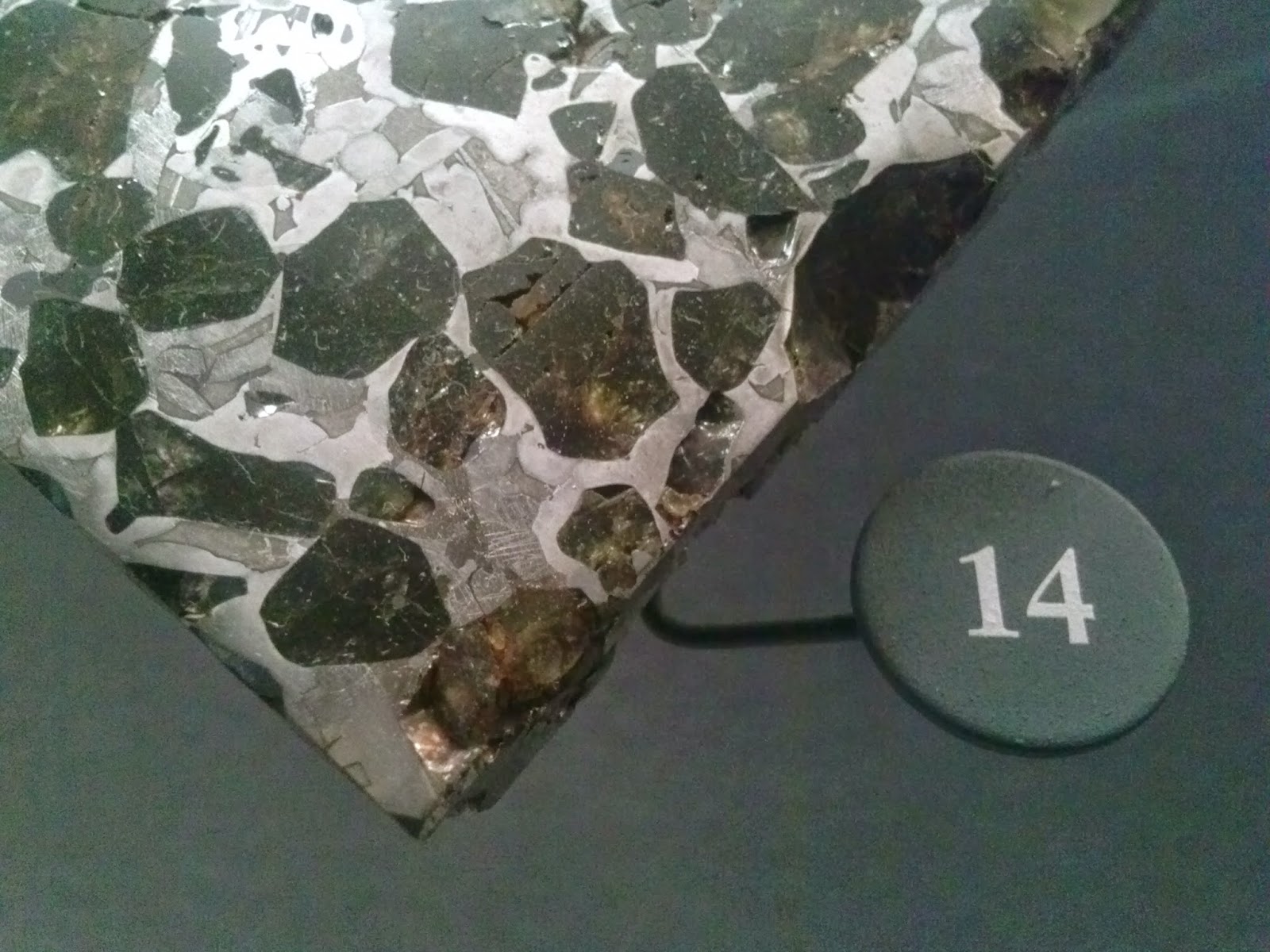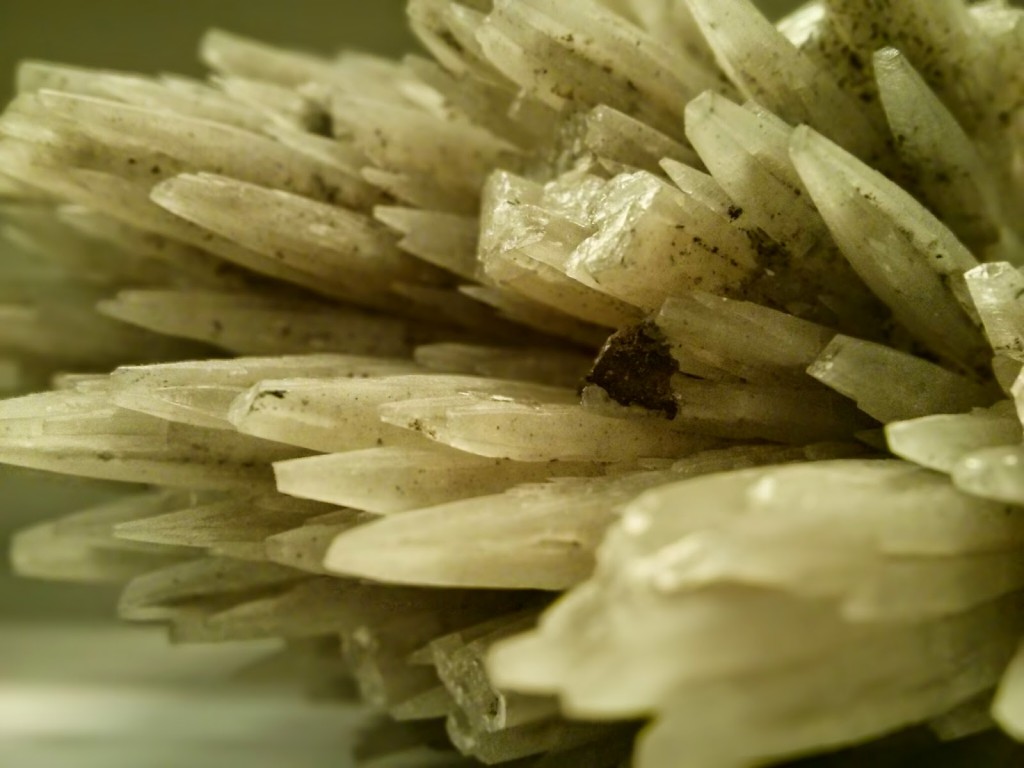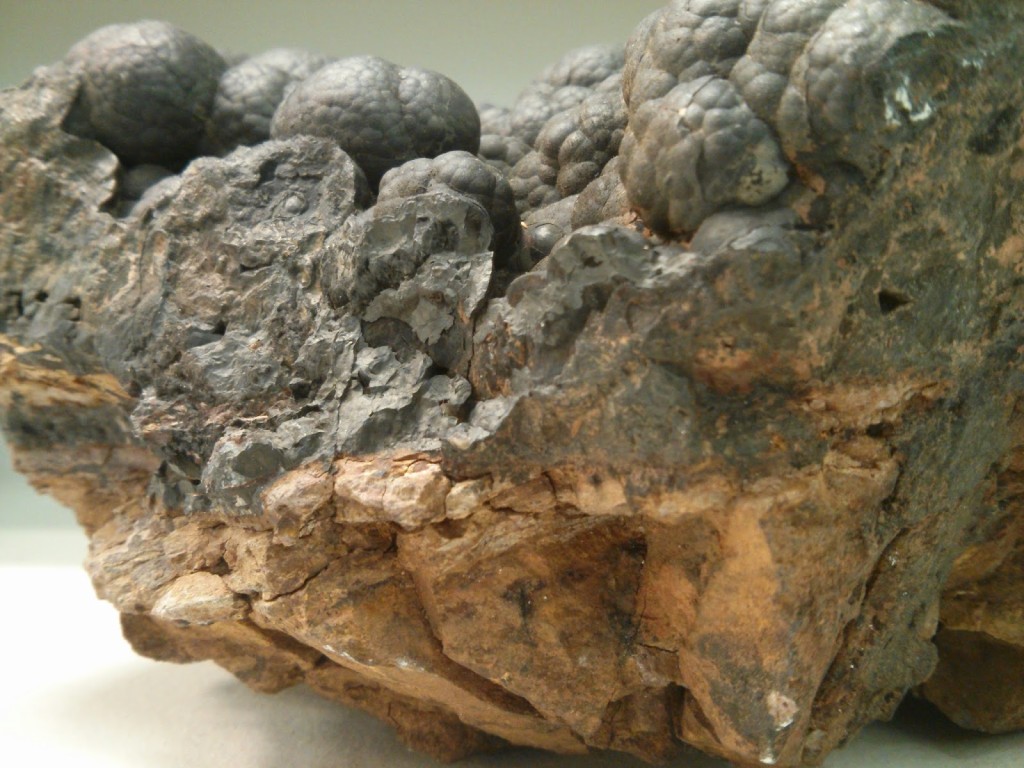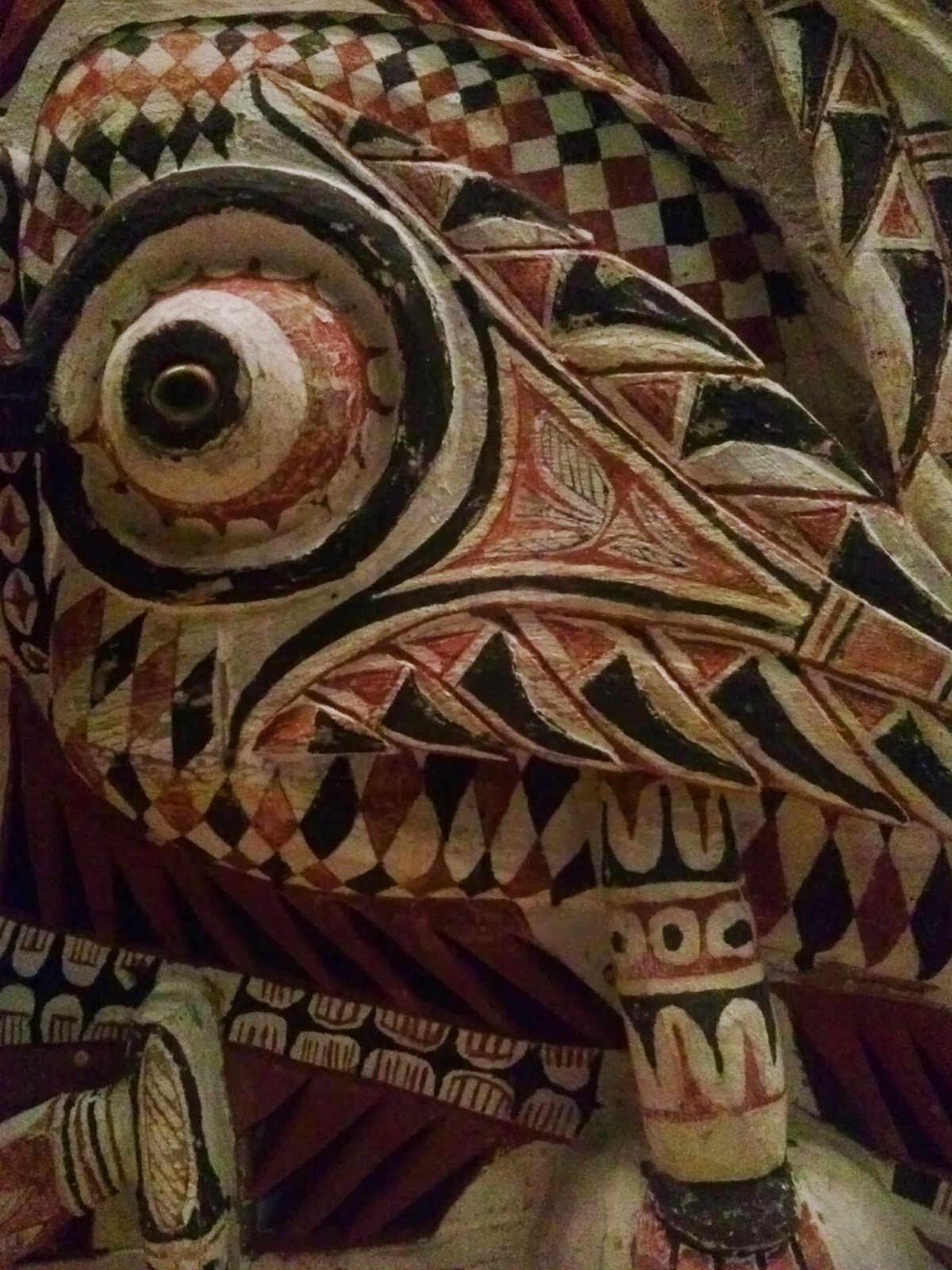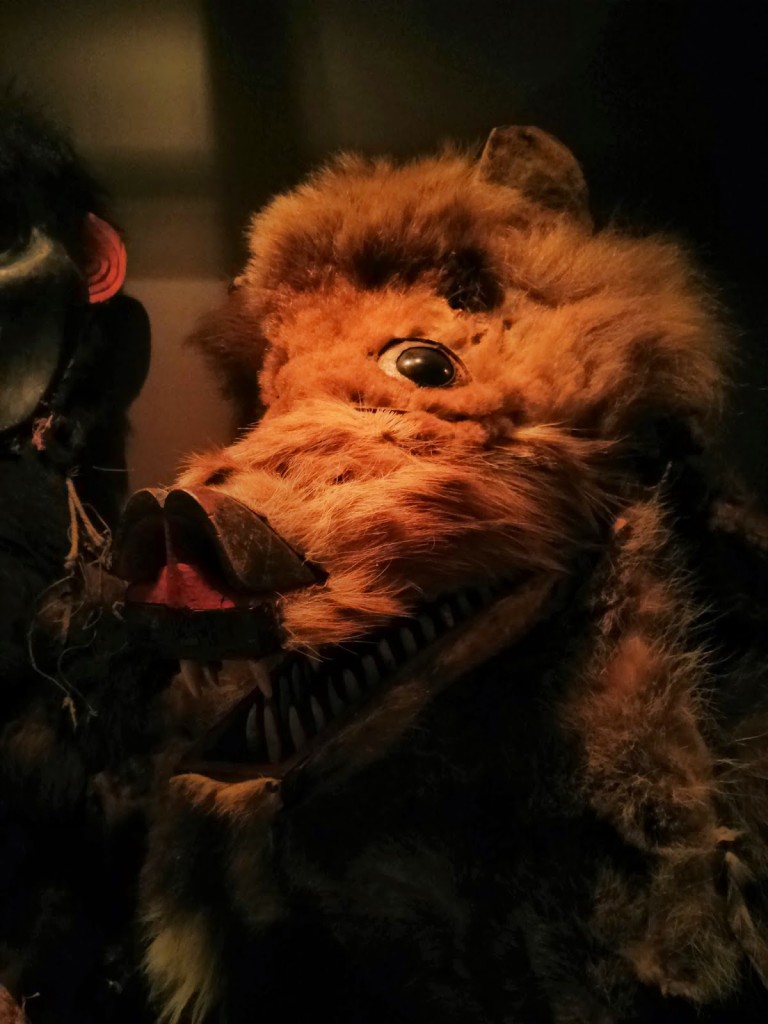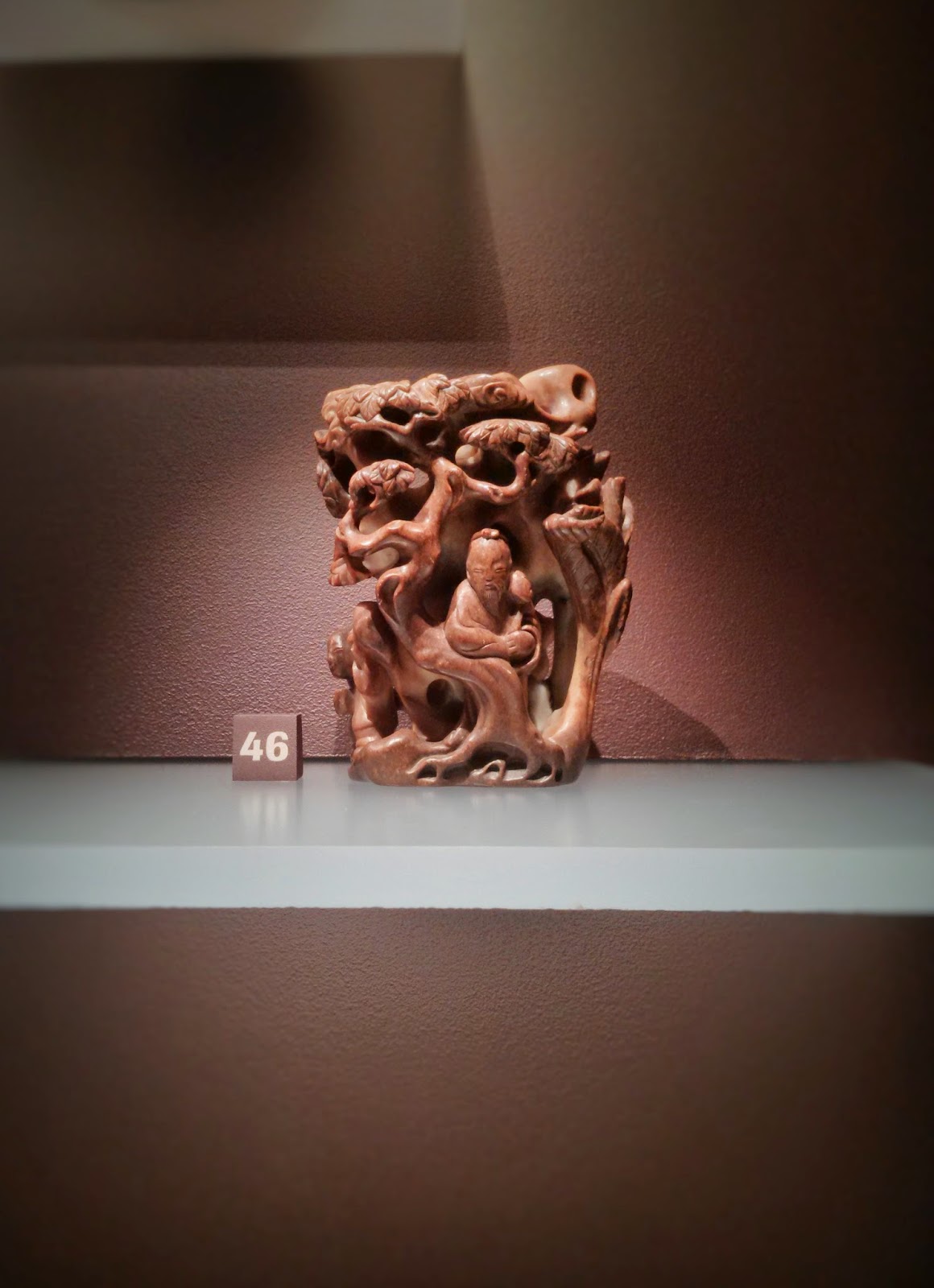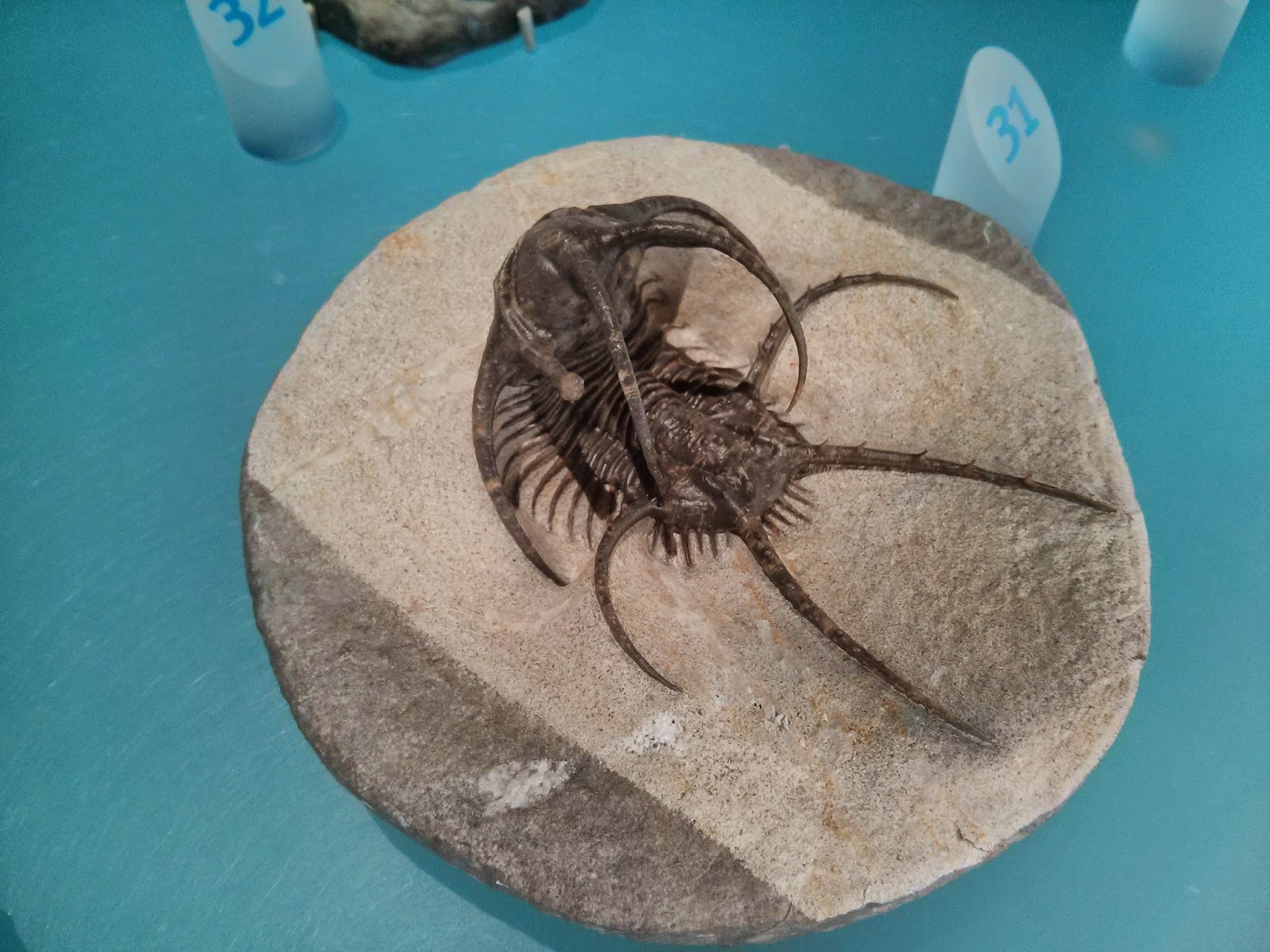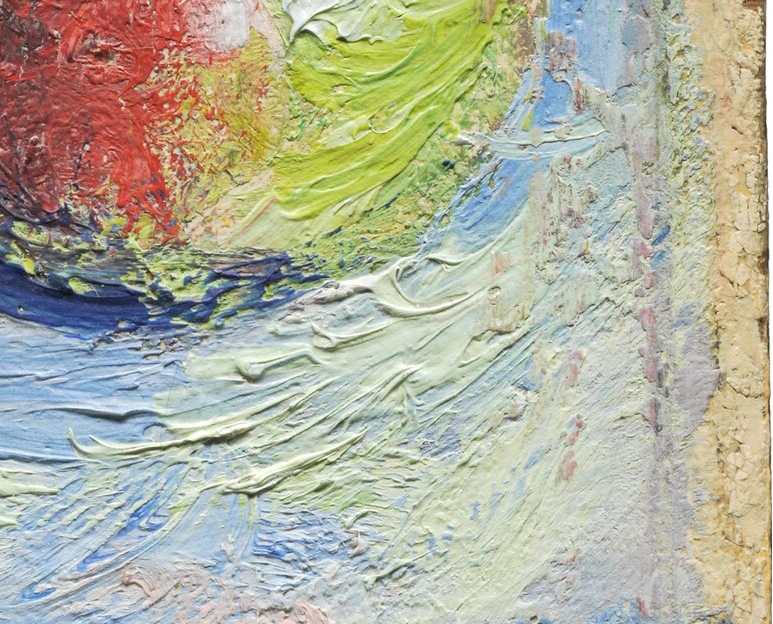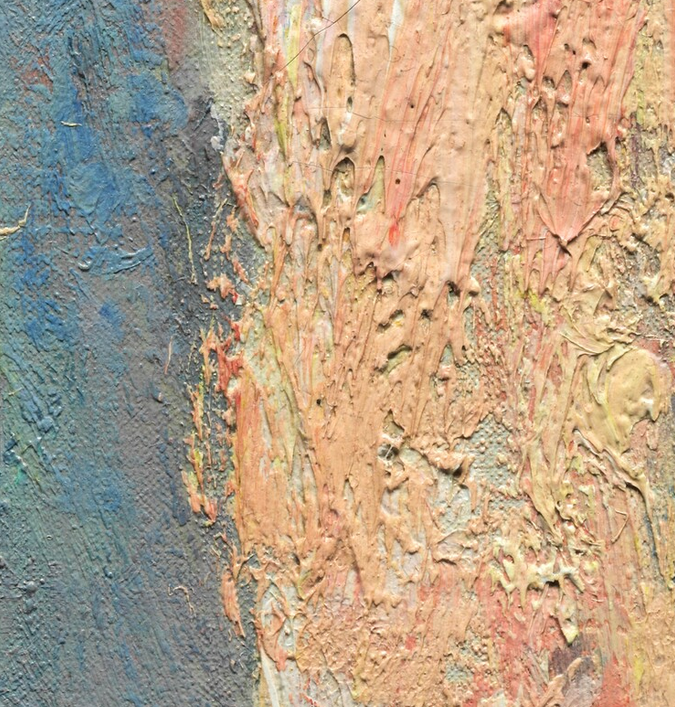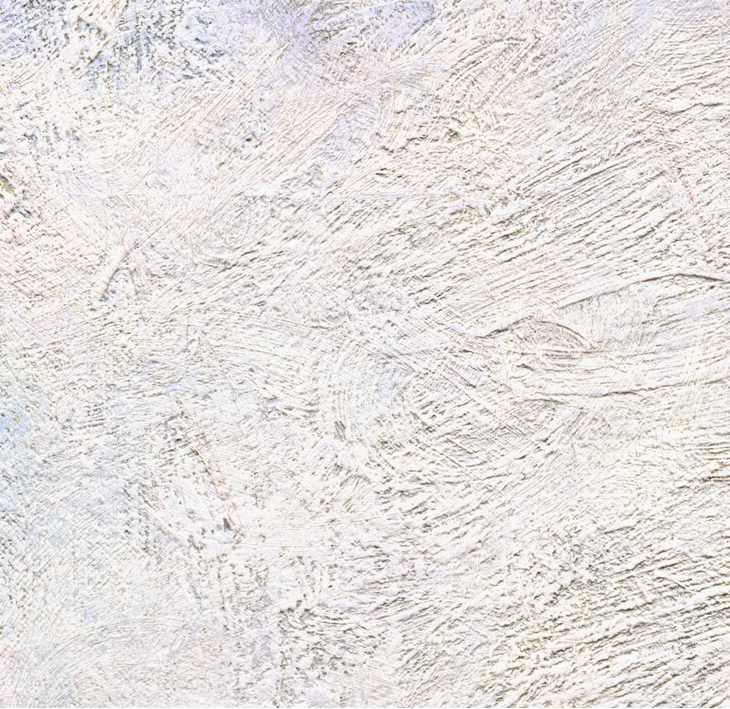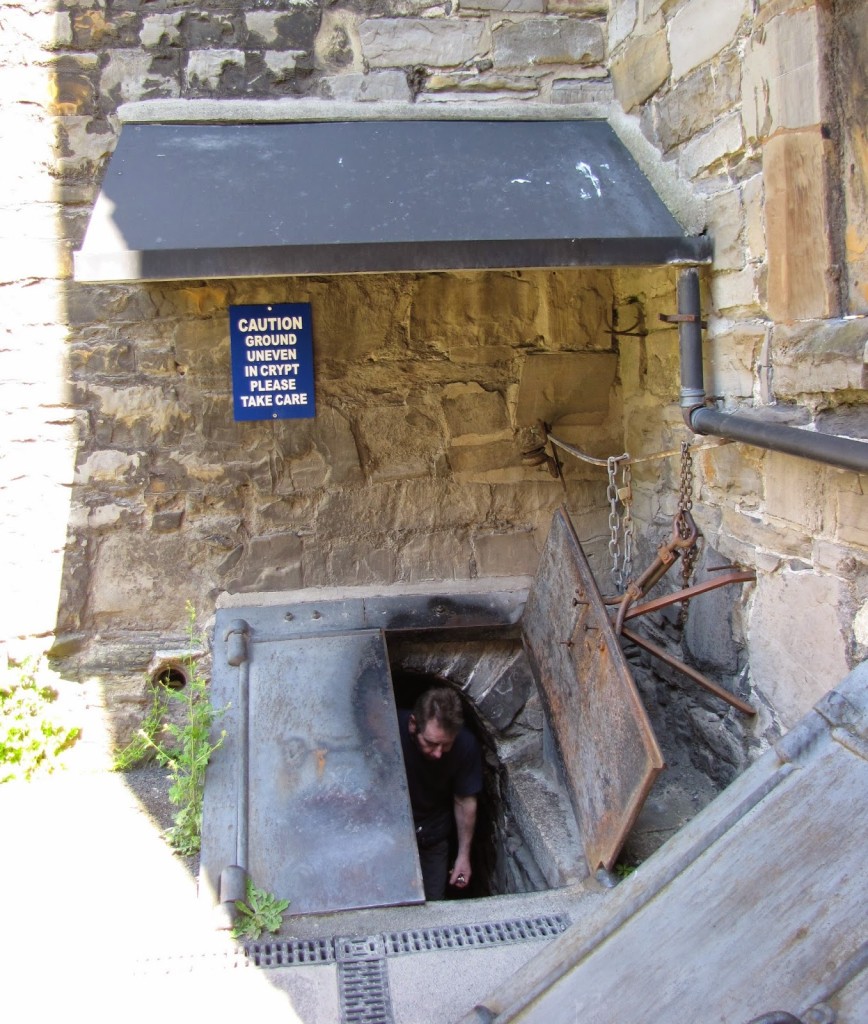
Surrounded by apartments and industrial buildings north of the Liffey, the modest exterior of St. Michan’s Parish Church belies the historical interest and ghoulish appeal of its more hidden features.
Standing on the site of a late 11th-century Hiberno-Viking church, the current structure mostly dates to 1685. Without the ornate stonework found in cathedrals like St. Patrick’s and Christ Church, the interior decoration is almost exclusively determined by the floral patterns in the plaster ceiling and stained glass windows. This relative austerity serves to highlight, through contrast, the baroque 18th-century organ that dominates one end of the nave. According to the church’s oral history, this is the instrument on which Handel first played his Messiah.
Charming as the nave may be, most travelers visit St. Michan’s for the contents of its vaults. Sealed behind heavy iron doors, past precarious, narrow stone steps, lie the mummified remains of some of Dublin’s most privileged and notorious citizens. Spilling out of their wooden coffins, St. Michan’s long-term residents have been drawing in visitors since the Victorian era, including Dracula author Bram Stoker. Consistent with Church policy, most of the subterranean occupants are off-limits to public view, and three of the five vaults are closed completely. However, limited public access is permissible—under the supervision of the caretaker—in cases where the caskets have decayed and broken naturally, and where the bodies are either unidentified or no longer have family to care for them.
The most exposed and accessible mummies all lie in the same room and have been dubbed the Unknown Woman, the Nun, the Thief, and the Crusader. Of these, probably only the “Unknown Woman” is accurately named. The “Crusader”—whose remains post-date the Crusades by several hundred years—was over six-and-a-half feet tall and therefore exceptionally large for his time. Too big for his coffin, his legs have been broken and folded over to get him to fit. Visitors were once encouraged to shake his hand for luck, and are still invited to gently touch his extended finger, now smoothly polished from over a hundred years of strangers’ light caresses.

Photos by Renée DeVoe Mertz, May 30, 2013, unless otherwise indicated.




